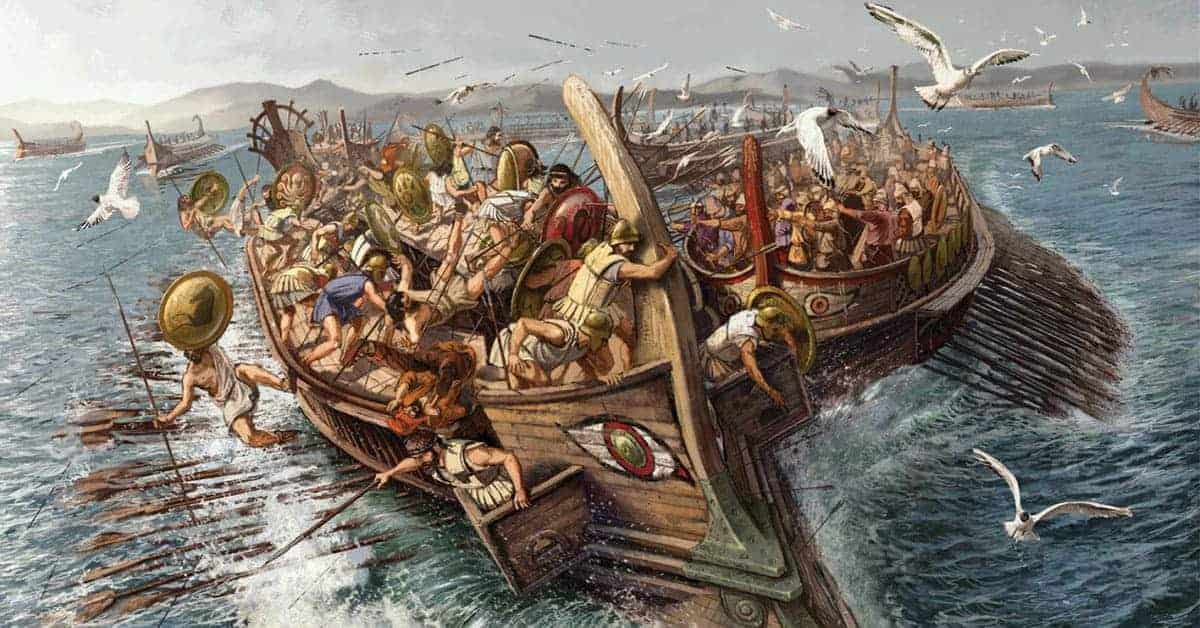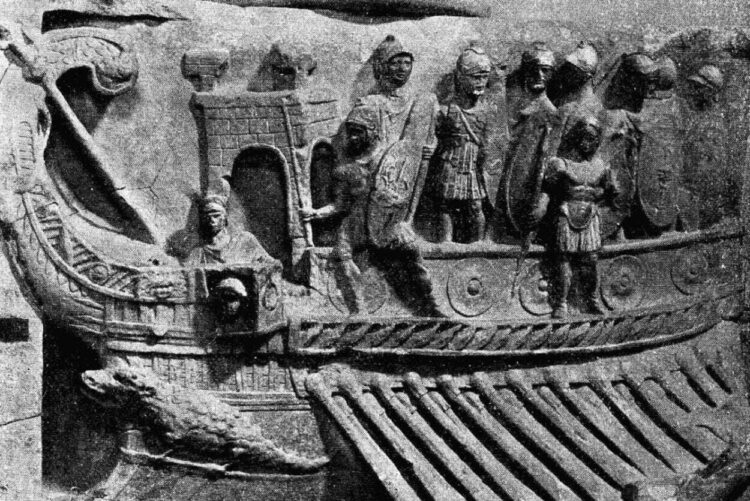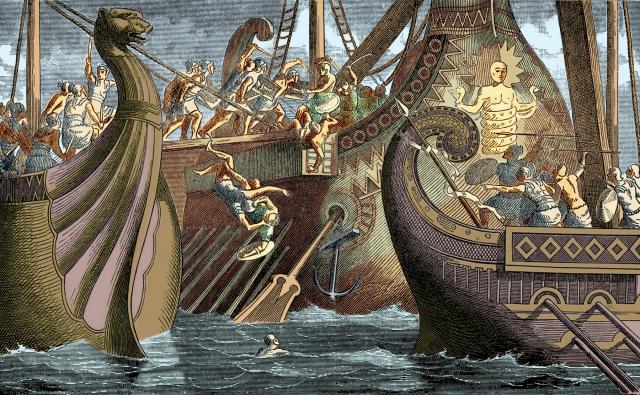The history of soldiers (marines) on naval ships (or naval vessel) is a captivating chronicle that weaves together the stories of brave warriors who have played a pivotal role in safeguarding maritime interests and shaping the course of naval warfare. From ancient times to modern conflicts, soldiers have stood shoulder-to-shoulder with sailors, ensuring the security of vessels, defending against threats, and projecting power across the seas.
The concept of soldiers aboard naval vessels dates back to antiquity. Ancient maritime empires, such as those of the Greeks and Romans, relied on well-trained soldiers to bolster the capabilities of their fleets. These soldiers, often equipped with weaponry and specialized training, provided an added layer of defense against piracy, enemy vessels, and coastal threats.
During the medieval period, galleys and warships evolved, and soldiers became an integral part of naval warfare. Armed with bows, arrows, and melee weapons, these soldiers engaged in naval battles and boarding actions. Their presence on ships contributed to the success of naval campaigns and the expansion of empires.
The Age of Exploration saw soldiers embarking on voyages of discovery alongside sailors. These soldiers provided protection against indigenous populations, hostile forces, and potential conflicts during exploratory missions. The presence of soldiers on ships allowed explorers to venture into unknown waters with a measure of security.
The 20th century witnessed a profound transformation in the role of soldiers on naval vessels. World Wars I and II saw the integration of naval artillery, anti-aircraft weaponry, and soldiers with specialized combat training. Soldiers became critical components in anti-submarine warfare, convoy protection, and amphibious assaults, reshaping the landscape of modern naval tactics.
Beyond warfare, soldiers on ships have been deployed for peacekeeping and humanitarian missions. Their presence has facilitated disaster relief efforts, evacuations, and international cooperation in times of crisis. Soldiers aboard navy vessels have demonstrated their versatility in addressing a range of global challenges.
In the 21st century, soldiers on naval ships continue to serve essential roles in maintaining maritime security. Their expertise in counterterrorism, boarding operations, and force projection ensures the protection of shipping lanes, territorial waters, and national interests. Soldiers, equipped with advanced technology and training, contribute to deterring potential threats and maintaining stability.
The history of soldiers on ships underscores the importance of collaboration and cohesion between military branches. The synergy between soldiers and sailors exemplifies the seamless integration of different skill sets and expertise, resulting in effective naval operations and enhanced maritime security.
Photo credit Alamy
The presence of soldiers onboard throughout history is a testament to their unwavering dedication and valor in safeguarding maritime domains. From ancient galleys to modern warships, soldiers have stood as defenders of the seas, adapting to evolving threats and challenges. Their legacy continues to shine as a beacon of maritime strength, protecting the world’s oceans and shaping the destiny of naval warfare.
Decisive Ancient Naval Battles
480 BCE: Salamis
241 BCE: Battle of the Egadi/Aegates Islands
31 BCE: Battle of Actium
208 CE: Battle of Red Cliffs
SOURCE
https://www.warhistoryonline.com/ancient-history/decisive-ancient-naval-battles.html
https://www.thecollector.com/famous-roman-naval-battles/


